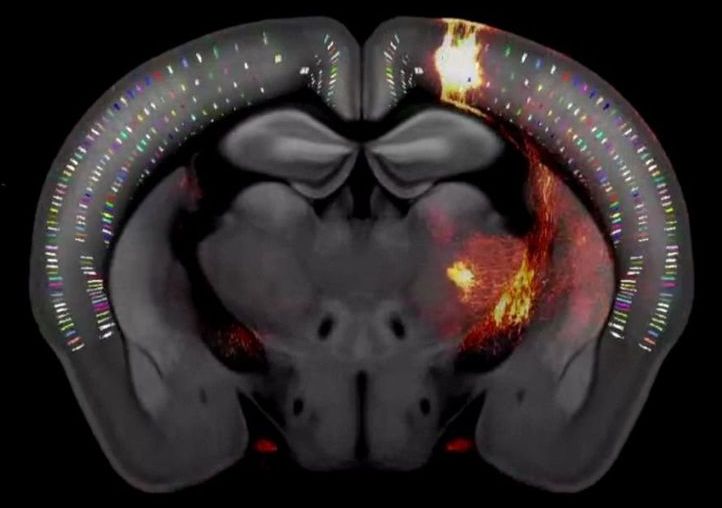SpaceX has put the Starship SN4 through its paces ahead of an expected launch.




analysis from BloombergNEF (BNEF) highlights that for applications requiring two hours of energy, batteries are beating gas peaker plants. While the 2019 LCOE benchmark for lithium-ion battery storage hit US$187 per megawatt-hour (MWh) already threatening coal and gas and representing a fall of 76% since 2012, by the first quarter of this year, the figure had dropped even further and now stands at US$150 per megawatt-hour for battery storage with four hours’ discharge duration.
The cost of battery energy storage has continued on its trajectory downwards, making it more and more competitive with fossil fuels. That in itself will come as no surprise to many in the industry. As we wrote last week, analysis from BloombergNEF (BNEF) highlights that for applications requiring two hours of energy, batteries are beating gas peaker plants. While the 2019 LCOE benchmark for lithium-ion battery storage hit US$187 per megawatt-hour (MWh) already threatening coal and gas and representing a fall of 76% since 2012, by the first quarter of this year, the figure had dropped even further and now stands at US$150 per megawatt-hour for battery storage with four hours’ discharge duration.
Andy Colthorpe spoke to Tifenn Brandily, BNEF’s lead author of the latest LCOE report, which covers solar, wind and more than 20 other technologies including battery storage from 47 regional markets around the world.
Let’s talk about how you derive the LCOE and the benchmark. I understand also that it varies a bit around the world and the US$150/MWh is an average figure?
To start with an analogy: you can think of a battery energy storage power plant just like a gas-fired power plant. It has a fuel cost, and the fuel cost of the battery is the electricity you have to pay for to charge the battery.
African American Billionaire Rocket Scientist SpaceX CEO Elon Musk has a new interview from Podcast Host Joe Rogan after having his newborn baby boy today. The interview is about the future of humanity.
Elon Musk is a business magnet, investor and engineer.
Circa 2013
Mantis hexapod test footage edit. This video was shot during initial field tests in May and October 2012.
Many people have asked how easy it is to transport the Mantis, you can see this procedure at the end of the clip.
More information at:
www.mantisrobot.com
www.facebook.com/mantisrobot

Russian scientists have unveiled a “Superman suit” they claim lets the wearer walk through fire and grenade blasts unscathed.
Vladimir Putin’s military says the suit is made of a heat-resistant “aramid” type material that can withstand half a minute of direct flame contact.
The heatproof suit, part of the country’s Ratnik program is expected to be ready for use by 2020.


Circa 2018
As part of the country’s massive re-arming and military modernization efforts, Russia’s defense apparatus has been quietly developing a next-generation suit that will give its wearers enhanced strength, awareness and combat effectiveness, and has reportedly already tested it in battle.
Created as part of the Ratnik (Russian for warrior) system program, the suit isn’t designed for special operations forces, but rather, general infantry use. That’s right — the average Russian infantryman will step outside the wire wearing game changing battle rattle, likely by 2025.
While similar to the American Land Warrior and Future Combat Systems projects, Ratnik has actually succeeded where the other multi-billion dollar programs have stalled. Up-armoring soldiers and increasing the ergonomic qualities of their gear is only a part of what Ratnik aims to do, however.
Circa 2011 face_with_colon_three
Racing a hydrofoil bicycle through a slalom course!
more Informaton and pictures of this bike at http://www.human-powered-hydrofoils.com/hydrofoils/waterbike/
watch the Trampofoil do the same course even faster: http://youtu.be/jDQDQ_zIxl0
or watch an even faster Waterbike: http://youtu.be/RaYhyeGxYoA
Please subscribe for more videos like that!
http://freaksport.com/waterbike-hydrofoil-bicycle/
Music: Bicycle Kevin MacLeod (incompetech.com)

Specialty subdivisions of BMW and Range Rover offer bulletproof variants of the luxury automakers’ current models, and other aftermarket companies like Brabus and AddArmor go a step further by making donor vehicles damn-near bombproof. But none of those examples look anywhere near as sturdy as the Armortruck SUV.